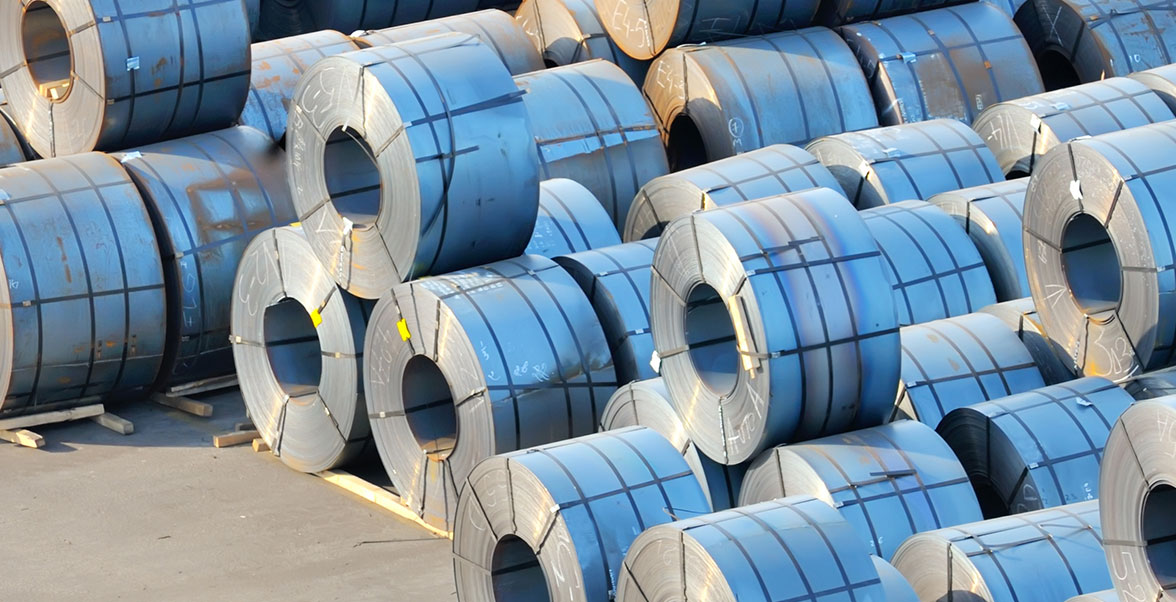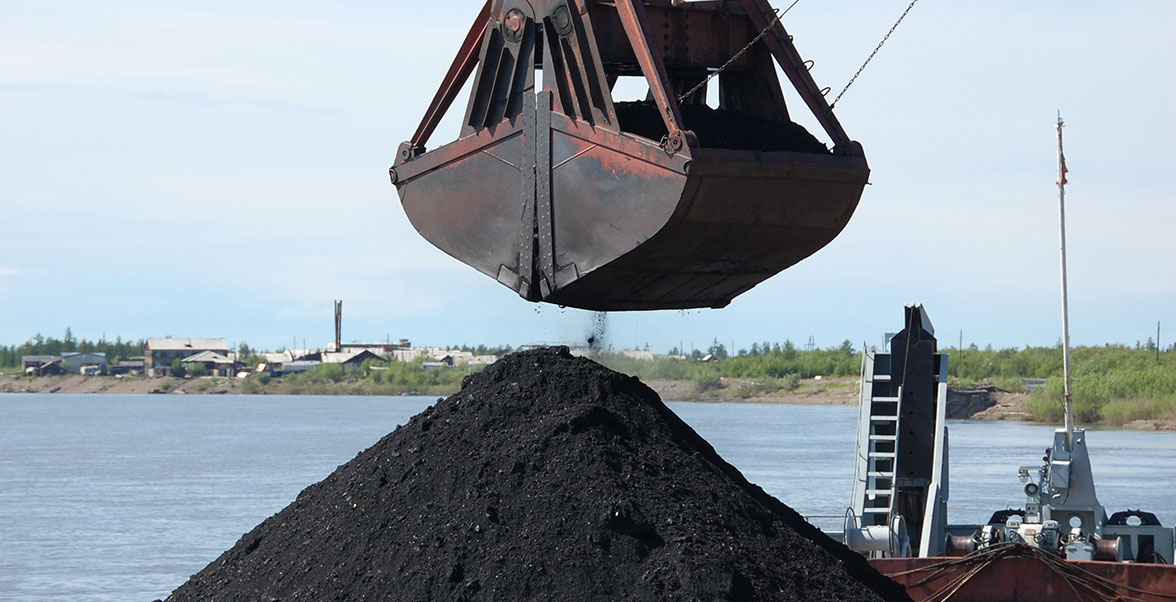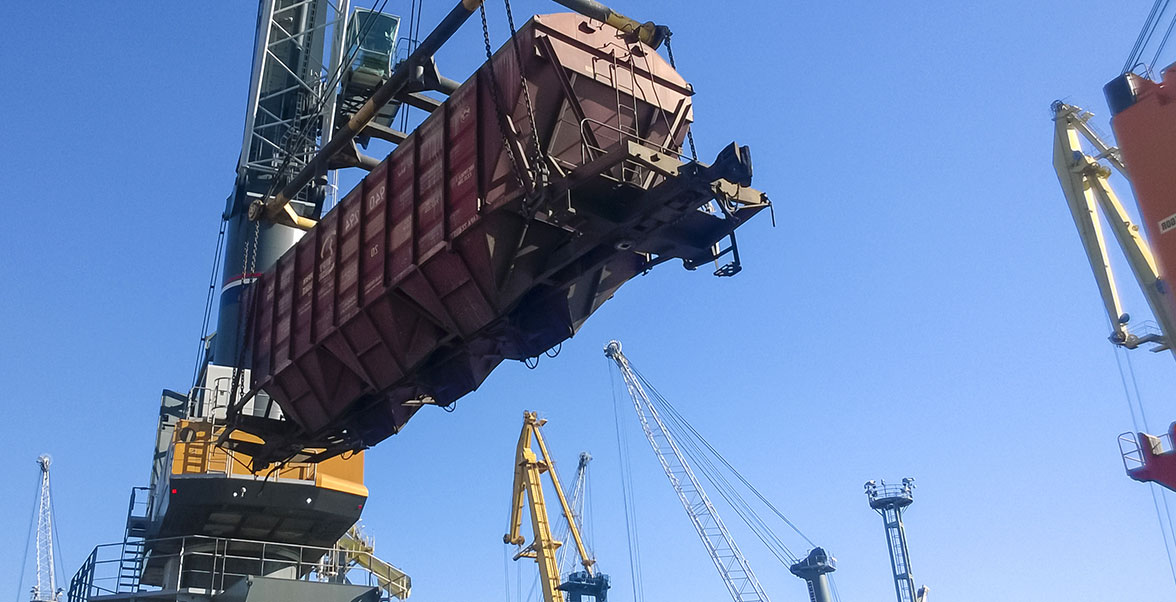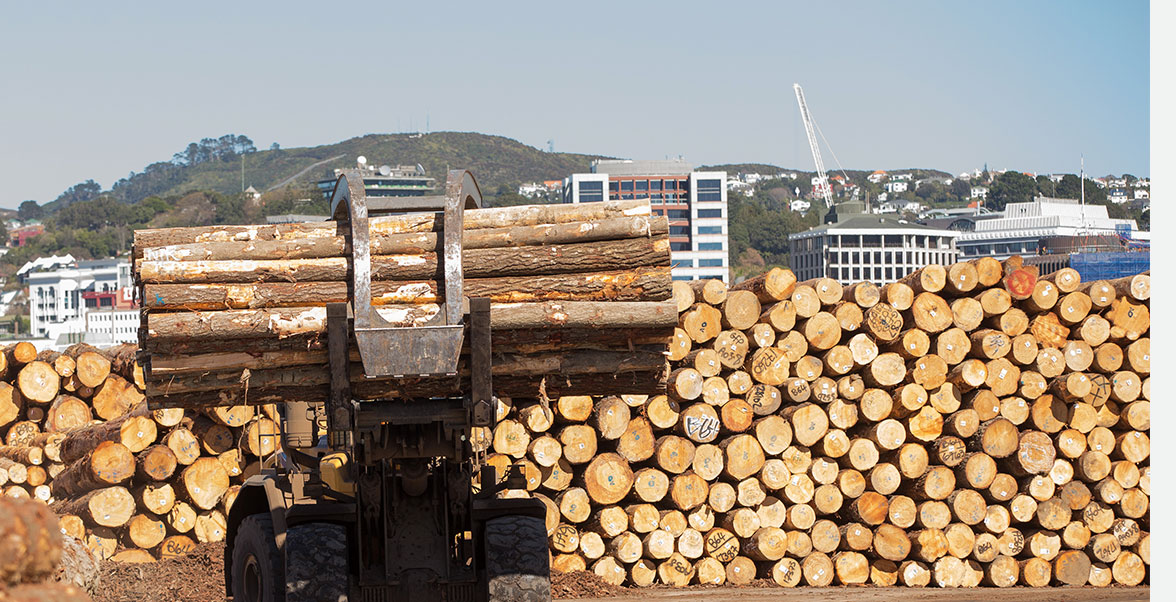“After an extensive review of the terminal operating systems available, Master Terminal was the only system that met the needs of our mixed cargo terminals. We were impressed by the functionality and use of Master Terminal, and the capability of the Jade Logistics team.”
Patriot Ports
Spokesperson
If your terminal is trying to solve the problem of managing a variety of cargo types with one system, then look no further. Master Terminal by Jade Logistics has been designed to manage all cargo types, making it the terminal operating system (TOS) of choice for mixed cargo terminals.
Our stable and comprehensive software ensures you don’t have to spend time and money customizing a TOS built specifically for handling containers. Use our software to gain a single view of your operations, enabling you to make smarter decisions faster, which will maximize your operational efficiency and improve your competitiveness.
Along with containers, and RORO (Roll-On/Roll-Off) cargo, Master Terminal allows you to manage all types of general cargo.

Features
- Master Terminal’s general cargo component is fully integrated with the rest of the system, including Harbor Management, and handles all cargo types.
- Manage bulk, break bulk, logs, and other general cargo through tasks like warehousing, stuffing and unstuffing. Define general cargo (including how it is packaged, handled and stowed) and work against bills of lading (BOL) and bookings.
- Hold cargo in stock on behalf of a customer (warehousing).
- Use a handheld application suite for all general cargo operations to landside or shipside.
- Handle and track bulk cargo by weight and volume.
- Track and manage logs as an individual cargo type with their own defined rules and characteristics.

Break bulk examples:
Bags, barrels, drums, pallets, boxes, sacks, cartons, crates, lumber, paper, steel.
Break bulk cargo that is transported in boxes, crates, drums, barrels, pallets or bundles can all be managed by our software through tasks such as warehousing, stuffing, and unstuffing. Master Terminal is fully integrated, giving operators complete access to systems information and a large number of tools. Operators can create an unlimited number of general cargo classes and specify which classes are available at individual terminals. They can also define cargo packaging and handling, as well as create and on-sell private warehouse space, including order and pick-list processing.

Bulk examples:
Liquid bulk: Petroleum, gasoline, LNG, chemicals, juice, wine, molasses, vegetable oil.
Dry bulk: Grain, sand and gravel, scrap metal, coal, iron ore, bauxite, cement, clinker, fertilizer.
Master Terminal allows you to handle and track bulk cargo types such as coal, woodchips, and grain by weight and volume. Bulk cargo can be allocated an ID enabling you to track cargo moves, loads, and inventory. Master Terminal allows you to maintain a total of how much product makes up the bulk cargo, to split and merge bulk cargo, and produce bulk cargo invoices and reports.

Project cargo examples:
Generators, turbines, reactors, boilers, towers, presses, castings, heaters, aircraft parts, locomotives, boats, satellites, military equipment.
Master Terminal caters for project cargo, helping facilitate the transportation of large, heavy, high-value, or critical pieces of cargo that are essential to a project. Our software assists your port to handle heavy or oversized items that are too large to fit into standard containers, and to deal with shipments made of various components that need disassembly for shipment and reassembly after delivery.

Track and manage logs as a specific cargo type, and use unique identifiers to individually track each log from arrival to load out. Scan logs with a handheld device when they enter the port, track current stock levels with Master Terminal’s graphical view of terminal locations and areas, and manage storage areas visually to make best use of log stowage areas depending on log sizes and characteristics. Report log receivals, log stocks, log releases, perform historical analysis based on the forest management data collected as part of the log handling process, and meet Forestry Stewardship Certification (FSC) requirements with log dockets that record each log’s full history.










